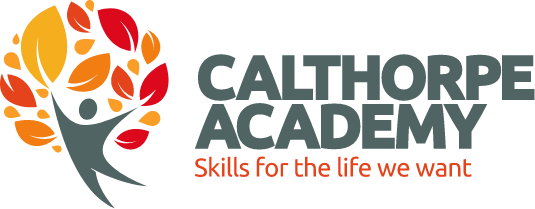Functions of Behaviour
All behaviours serve a purpose for the individual, understanding the ‘function’ of the behaviour is key to preventing/reducing behaviours of concern by replacing the behaviour with an appropriate means to get the need met.
|
Function |
What it does |
When it is likely to happen |
How we can support |
|
Sensory |
Provides sensory feedback to the brain. |
Anytime, especially when excited or anxious (when alone or with others) |
Provide an opportunity to meet sensory need. |
|
Escape
|
Removes undesired activities, interactions, or situations. |
When the activity or location is not engaging/too hard/easy/boring/or undesired. |
Alter length of task. Ensure demand for activity at the correct level. Prompt functional communication response, e.g. ‘I want a break’. |
|
Attention
|
Provides access/awareness to/from people or interactions. |
When social interaction is desired. |
Provide attention when the learner is on task, teach how to gain interaction appropriately. Provide increased positive reinforcement. |
|
Tangible
|
Provides access to preferred items or activities. |
When preferred items or activities are desired. |
Teach learners to request preferred items appropriately (e.g. symbol/sign). |
|
Medical |
It may indicate pain or discomfort. Need to rule out any medical needs. |
Ensure that an individual is offered a drink and food if thirsty or hungry. Ensure the pupil is not injured. Ask parents to refer to a medical professional. |
|









